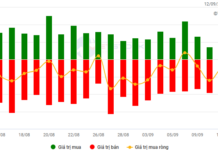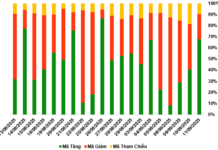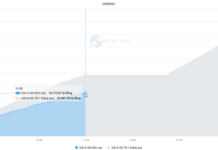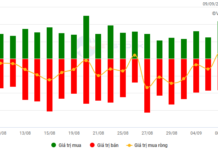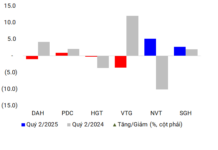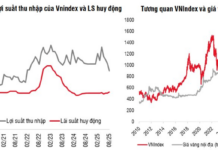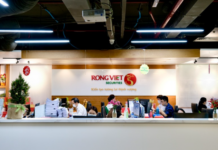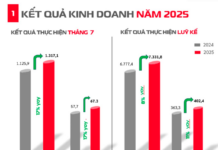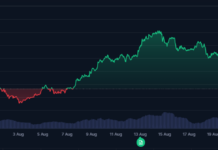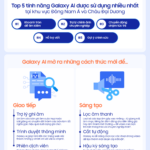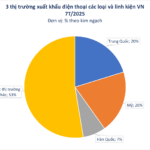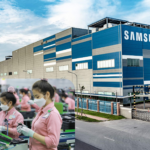After much anticipation, Apple finally unveiled its lightest and thinnest mobile device to date, the iPhone Air. With an impressive thickness of 5.6 mm and weighing just 165 grams, the Air model somewhat fell flat during its launch event. The device was overshadowed by other announcements, and users expressed disappointment over the compromises made in the battery and camera departments.
A smartphone launching in 2025 with a single-lens camera and requiring an additional battery pack for a full day’s use left a lot to be desired. Despite its underwhelming reception, the iPhone Air’s sleek design cannot be ignored.
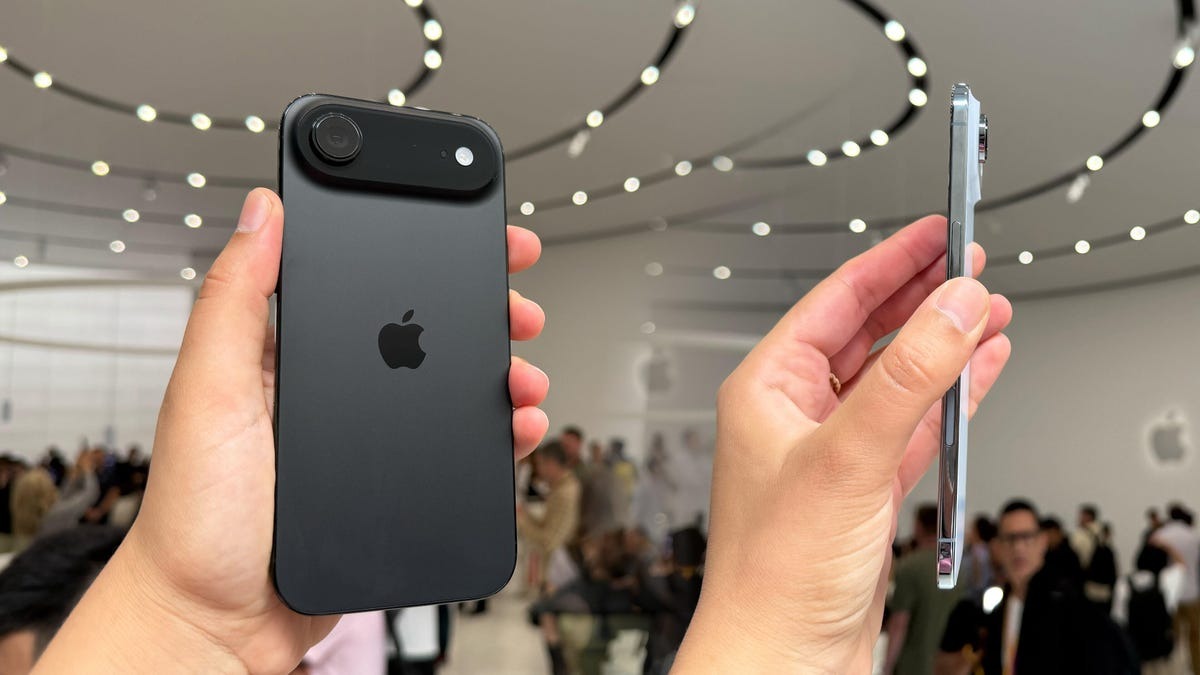
The newly launched iPhone Air by Apple. Image: Cnet.
The lackluster unveiling of the iPhone Air drew comparisons to Samsung’s Galaxy Unpacked event held in Brooklyn, New York, two months prior. The excitement and buzz generated by the introduction of the Galaxy Z Flip7 and Z Fold7, with their impressive thin and light designs, were in stark contrast to Apple’s event.
Samsung’s focus on user-centric innovation and its subtle yet powerful message about the true meaning of thin and light design philosophy resonated with the audience. This key difference in approach sets the tone for the rest of the comparison.
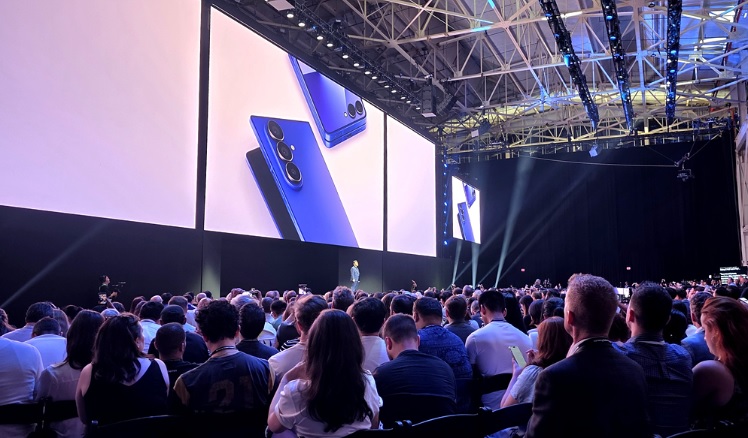
Launch of the Galaxy Z Fold7 and Z Flip7 at Samsung’s 2025 Galaxy Unpacked event. Image: Samsung.
A Philosophical Divide
While Apple praised the thin design of its new phone, Samsung emphasized its years of research and attention to user feedback in creating a generation of compact and powerful foldable phones. For Samsung, the Galaxy Z Fold7 and Z Flip7 represent a holistic improvement in the user experience, going beyond mere technical specifications.
Samsung understands that true differentiation lies in how a device feels in the user’s hand and how it enhances their daily life. This is evident in their approach to addressing the longstanding weakness of foldable screens—bulkiness and awkwardness. By focusing on user feedback, Samsung has created a foldable phone that feels familiar and comfortable while still offering the expanded capabilities unique to this form factor.
This is where the two companies diverge the most. While Apple introduced a thinner smartphone, Samsung delivered a refined user experience while staying true to its traditional values.
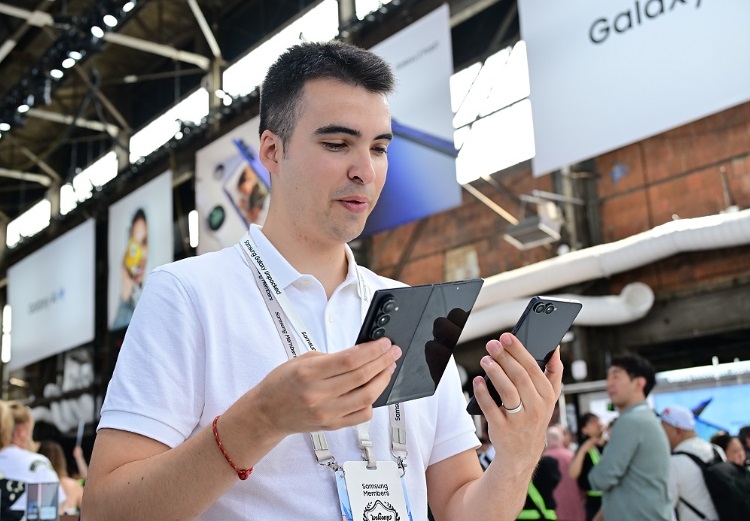
Users experiencing the Samsung Galaxy Z Fold7 and Z Flip7. Image: Samsung.
Samsung’s message is clear and consistent: thin and light design is about more than just specifications; it’s about understanding user needs and delivering long-term value. With seven generations of foldable devices, Samsung’s goal is not just to make thinner and lighter devices but to ensure they meet the highest standards of quality, durability, and user experience.
Redefining the Gold Standard in Mobile
At the Galaxy Unpacked event, Samsung chose to highlight user experiences over technical specifications. However, the tech world unanimously agrees that the introduction of the Galaxy Fold in 2017 marked a revolutionary shift in mobile experiences.
Fast forward to today, and the Galaxy Z Fold7 and Z Flip7 represent a remarkable leap in design language. They are the thinnest and lightest smartphones in the Galaxy Z Series to date. The Galaxy Z Fold7, weighing just 215g, is even lighter than the Galaxy S25 Ultra. When folded, it measures a mere 8.9 mm in thickness, making it one of the thinnest foldable smartphones on the market.
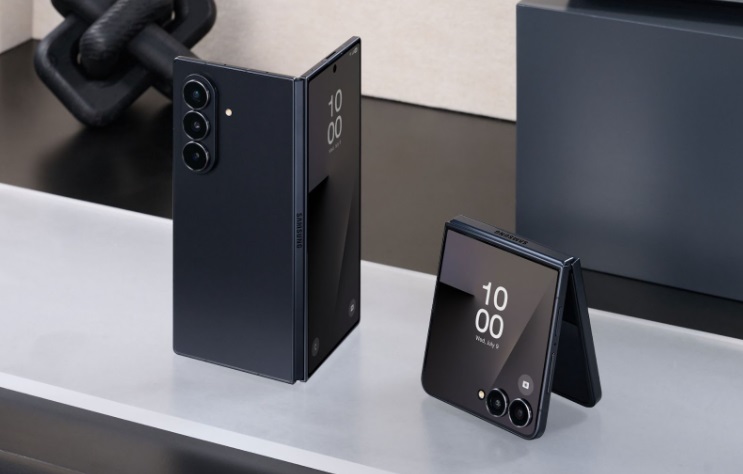
The Galaxy Z Fold7 and Z Flip7 represent a remarkable leap in thin and light design. Image: Samsung.
In contrast, Apple’s latest offering is simply a thinner version of its existing phone. Apple has been struggling to break free from its own shadow, failing to deliver true innovation. For a long time now, the design with the bitten apple logo has not been the industry standard.
The world has evolved rapidly, and user demands have evolved beyond mere technical specifications. Today’s users crave devices that evoke emotions and embody a spirit of freedom and creativity. Unfortunately, Apple’s latest keynote fell short in this regard, with little to no mention of AI, a key aspect of modern smartphones.
Additionally, Samsung’s efforts to bring AI to its mobile devices, including the Galaxy AI with Generative AI capabilities, and its partnership with Google to offer 6 months of free Google AI Pro on premium devices, further showcase its commitment to enhancing the user experience. This is especially beneficial for Vietnamese users, as Vietnamese is one of the first languages supported by Galaxy AI.
With the Galaxy Z Fold7 and Z Flip7, Samsung has shifted the focus from mere technical specifications to user experiences, setting a new gold standard for modern mobile devices. The new Galaxy Z series from Samsung offers a holistic package of hardware, software, and manufacturing processes, delivering fresh emotions and encouraging innovation without any physical limitations.
“The Evolution of Galaxy AI in Southeast Asia and Oceania”
“The evolution of Galaxy AI reinforces Samsung’s strategic commitment to spearheading the next wave of consumer technology innovation, not just in Southeast Asia and Oceania but globally. With this latest offering, Samsung is poised to revolutionize the way people interact with their devices, pushing the boundaries of what’s possible and delivering an unparalleled user experience.”
“Vietnam’s ‘Goldmine’ Deal: US Spends Over $6 Billion; Making Vietnam the Second Largest Exporter with Tax Exemptions.”
As of late, economic powerhouses such as China and the United States have been vying for a particular resource from Vietnam, akin to a modern-day gold rush.
The Ultimate Smartphone Showdown: How Samsung’s New Model Finally Outshines the iPhone
The data reveals a startling fact: the most popular iPhone model today is the iPhone 13, released back in 2021. This is a worrying statistic for Apple.

